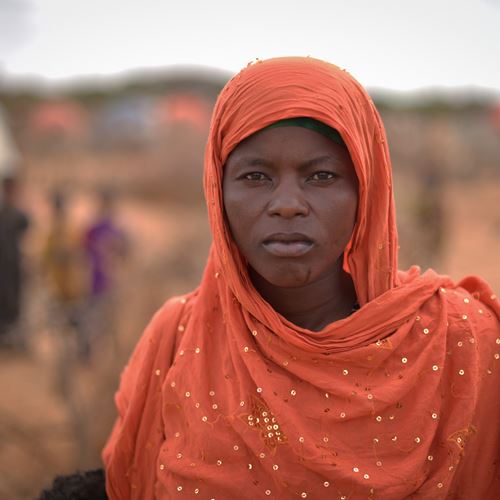News
Horn of Africa: DRC Drought Response Appeal
DRC will save lives and alleviate immediate suffering for the most vulnerable and hard-to-reach drought-impacted communities in the Horn of Africa.

The Horn of Africa is experiencing the worst drought since records began, with an unprecedented four consecutive failed rainy seasons. The drought has compounded the shocks from Covid-19, desert locust infestations and skyrocketing global food and fuel prices linked to the ongoing conflict in Ukraine. The increased frequency, severity and overlapping of climate shocks in the past 10 years have left communities with little time to recover. Traditional coping strategies are now exhausted, and normally self-sufficient, agro-pastoralist communities are at breaking point.
The situation is critical and deteriorating rapidly, and with the fifth consecutive rainy season (September-December) predicted to fail, needs will continue to quickly escalate. Up to 20 million people currently face extreme food insecurity, with over 3.2 million in IPC4 (Emergency) and over 200,000 are already in IPC5 (Famine). Death from starvation starts in IPC4 (Emergency) – a classification which is already prevalent across most of Somalia, north-east Kenya, and the Somali region of Ethiopia. 6.5 million children in the region face Acute Malnutrition, and 17 million do not have adequate access to safe, clean water for drinking and household use.
Drought is causing mass displacement. Over 800,000 people have been internally displaced in Somalia and nearly 20,000 have crossed the border into Ethiopia and Kenya. In Ethiopia, nearly 800,000 people were displaced in Oromia, and around 300,000 people in the Somali Region.
Increasing outbreaks of epidemic diseases have been reported, driven by overcrowding in Internally displaced persons (IDP) sites, low immunisation rates, and poor access to clean water and sanitation, as well as reduced access to healthcare due to displacement and scale back of services in many clinics due to lack of water. Infectious diseases are particularly deadly for malnourished children.
The drought is also a protection crisis. The number of cases of child marriage (which is also closely linked to Female Genital Mutilation (FGM)) has increased substantially in drought-impacted areas – up to 264% in some areas. In Kenya, women and girls are reportedly walking up to 30km (more than a day) to collect 25 litres of water – journeys which place them at substantially increased risk of sexual and gender-based violence (SGVB).

